By | November 10, 2016 03:50pm ET
-

Credit: NASA
Anything but Easy
Going to the bathroom in space is anything but an easy procedure. To explain what happens on the International Space Station and the Soyuz spacecraft, Space.com spoke with veteran astronaut Mike Fossum. The three-time space flier has spent time working with both types of toilets, particularly when he spent 165 days in space aboard the space station.
-

Credit: ESA
1) How do you go to the bathroom on the ISS?
To go to the bathroom on the ISS, astronauts go into one of the two toilets (either on the American side or the U.S. side). After closing the door for privacy, there are different procedures depending on if you’re urinating or taking a dump.For “number one,” use a hose and turn on the suction to pull away the urine, which is recycled and cleaned for drinking water. For “number two,” perch on top of the “solid waste container.” Insert a plastic bag into the opening. After finishing your business, seal the bag and push it into the container. This container is changed roughly every 10 days.
-

Credit: Stephanie Pappas
2) How often does the toilet break?
On Fossum’s second shuttle flight (STS-124) in 2008, his crew did a last-minute rescue operation for the astronauts aboard the space station. It turned out that a toilet pump failed unexpectedly, leading to a scramble on the ground. Somebody hand-carried a new pump separator from Russia to the Kennedy Space Center, where it arrived the day before launch. [Space Station Toilet Breaks Again ]“The crew was eagerly awaiting our arrival,” Fossum joked. As for how often the toilet breaks, he said that it’s an “ongoing maintenance thing” but that it’s hard to quantify the breakdown frequency. He roughly estimated once a month.
Naturally, the astronauts are highly trained in toilet maintenance using a mock-up before heading to space. The toilet has different indicator lights to show if something is wrong; the most common problems are separator failures (which pull the liquid through the system) or problems with the substance used to treat the urine before drinking.
Fossum said the simulations on Earth are “very high fidelity,” of course without the added complication of dealing with the liquids in microgravity. But aspects such as the tight quarters are definitely replicated well, he said.
-

Credit: NASA
3) Peeing for science
When collecting your urine for science — which happens often for astronauts — there certainly is a minor hazard: “Some losses are involved,” Fossum said.The astronauts use specially formulated bags to collect the urine. Men use a “condom-like device” to put the urine inside the bag. (Fossum wasn’t sure how women accomplish this task.) Once astronauts finish their business, they seal the bag. The bag contains a bit of chemical, and the astronaut squishes the bag to make sure the chemical marker is distributed.
Next, they use syringes to pull samples out of the bag. These samples are stored in a special facility on the space station called the Minus Eighty Degree Laboratory Freezer for ISS (MELFI).
“That stops the biological action for the duration of the flight,” Fossum said. The samples can remain on board for months until they are brought back to Earth, usually aboard a Dragon spacecraft that splashes down near processing facilities at the Kennedy Space Center in Florida. [Life in Space: Astronaut Chris Hadfield’s Video Guide ]
-

Credit: NASA
4) Doing your “business” in a spacecraft
Though the space station offers relative luxury, being aboard the Soyuz spacecraft is more like roughing it in space. It’s the main way that astronauts get to and from the space station. A typical journey today in a Soyuz craft takes a few hours, but alternative orbital trajectories have astronauts living in the spacecraft for about two days.Fossum said the astronauts use a handheld device located in the orbital module of the Soyuz. To give a little privacy, the other crewmembers move into the descent module while the first crewmember does his or her business.
“It’s very rudimentary,” Fossum acknowledged. “It just uses airflow to pull the waste in or to collect the waste,” he added, “and rather than taking the urine into a tank with pretreatments, the urine goes into a tank that literally has what appears to [be] lots of foam rubber. That absorbs the liquid.”
Fossum added that few astronauts use the solid-waste collection system — more of a handheld device — on the Soyuz. That’s because the standard practice before flight is to get an enema to reduce the need to do “number two.”
-

Credit: NASA
5) How popular is the question?
Fossum has been an astronaut with NASA since 1998, which means countless hours of answering questions from the public. He’s fielded questions from kids on school tours, journalists and the public at numerous events. And guess what’s the most popular question he receives?“You get the [bathroom] question almost every time,” Fossum said. “It doesn’t matter: kids, adults. It’s a very human question because you see people floating around, you see things going on, and [for] just about everyone, the question comes in their mind.”
Fossum joked that perhaps the question pops up when people see blobs of water floating around the spacecraft and naturally wonder how the astronauts clean up after themselves after urinating. “It’s a human life thing; it’s something that’s a common experience,” he added.
of 7
of 7
of 7
of 7
of 7
of 7
of 7
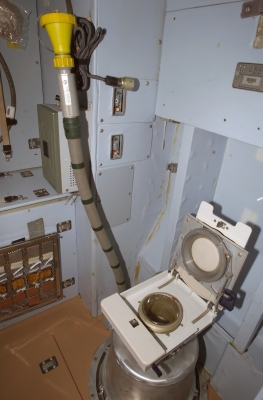
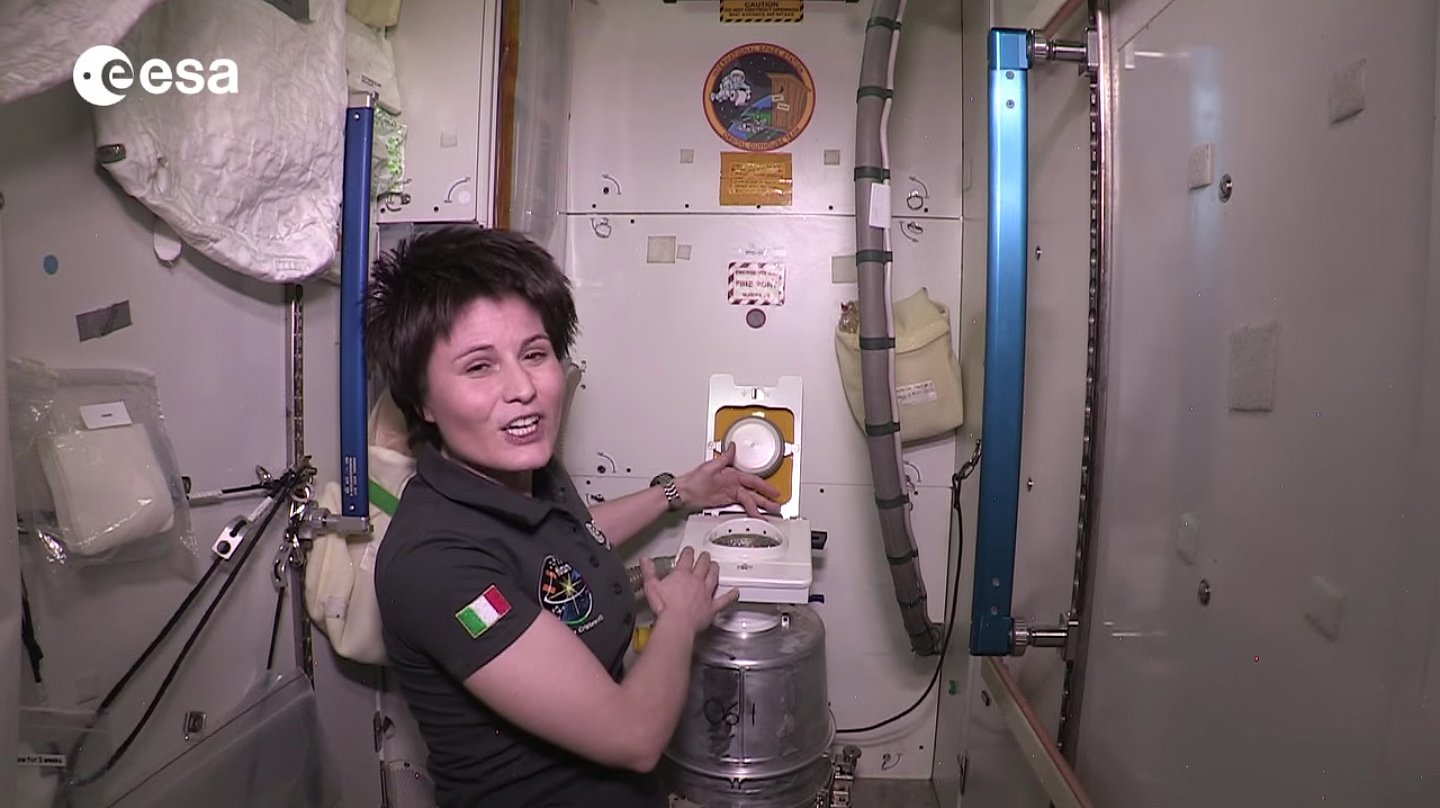
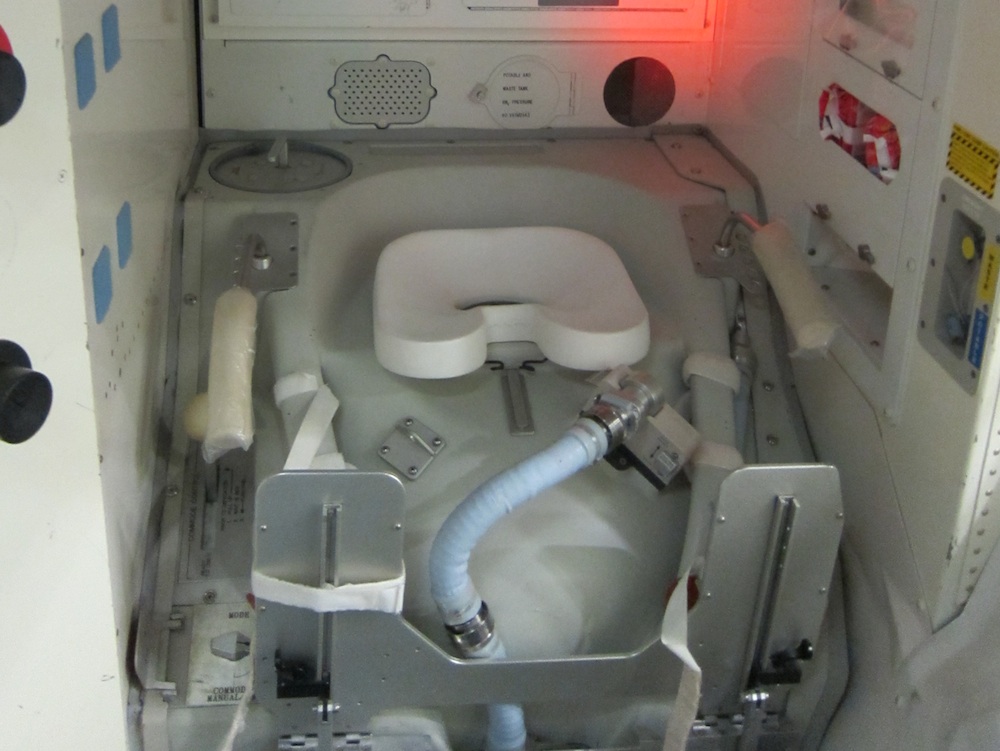
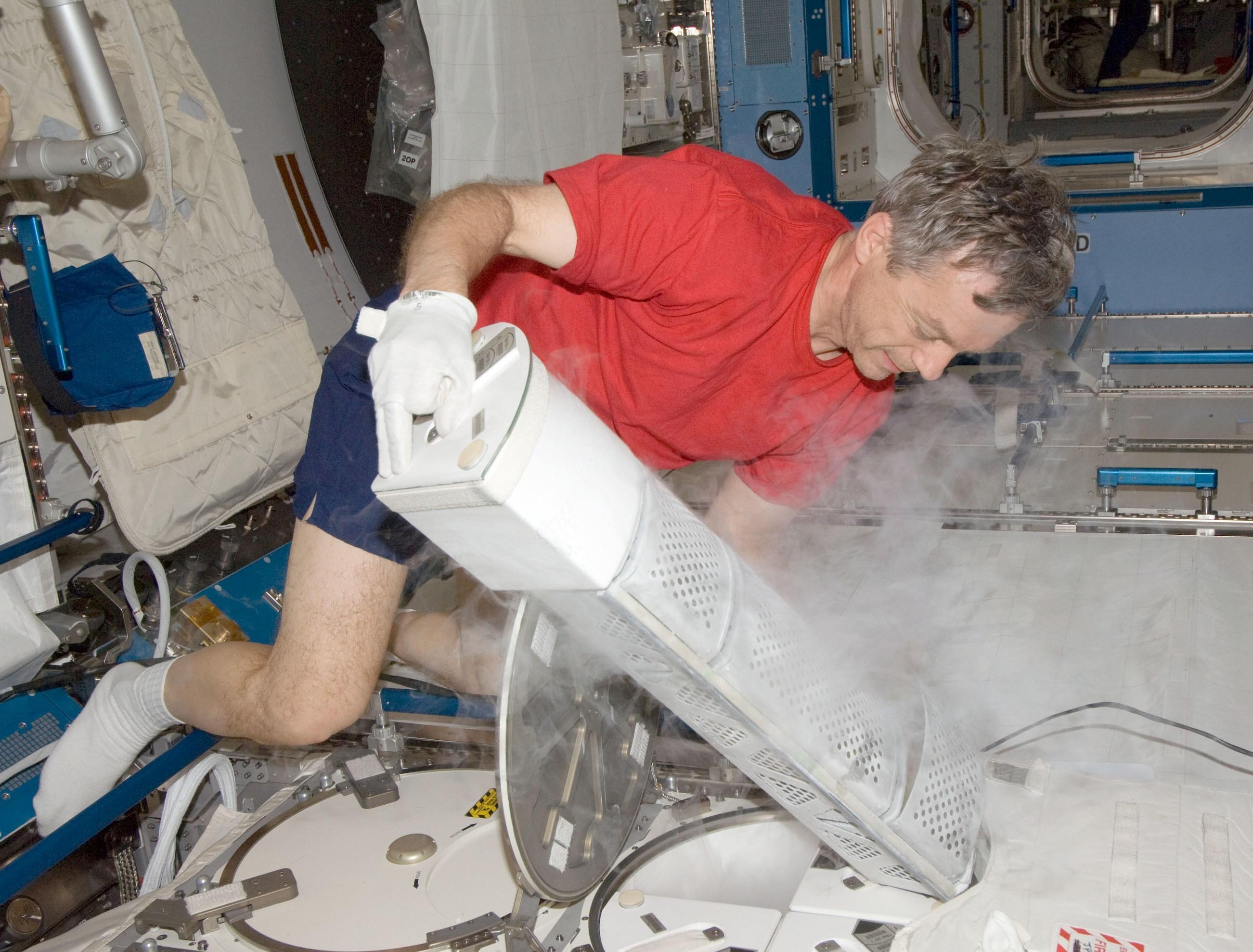
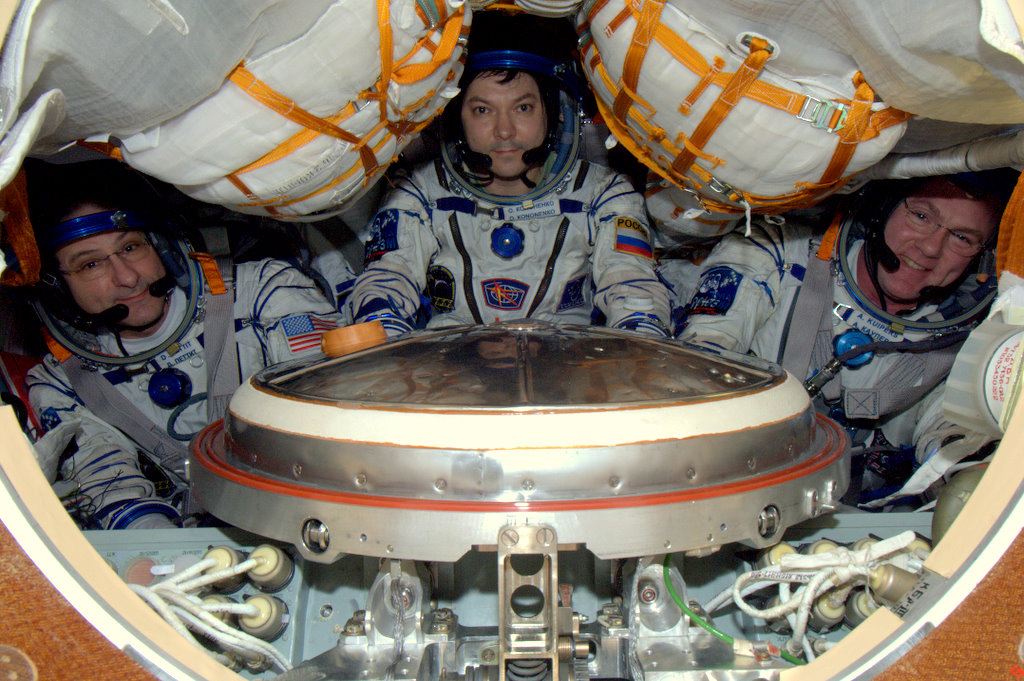
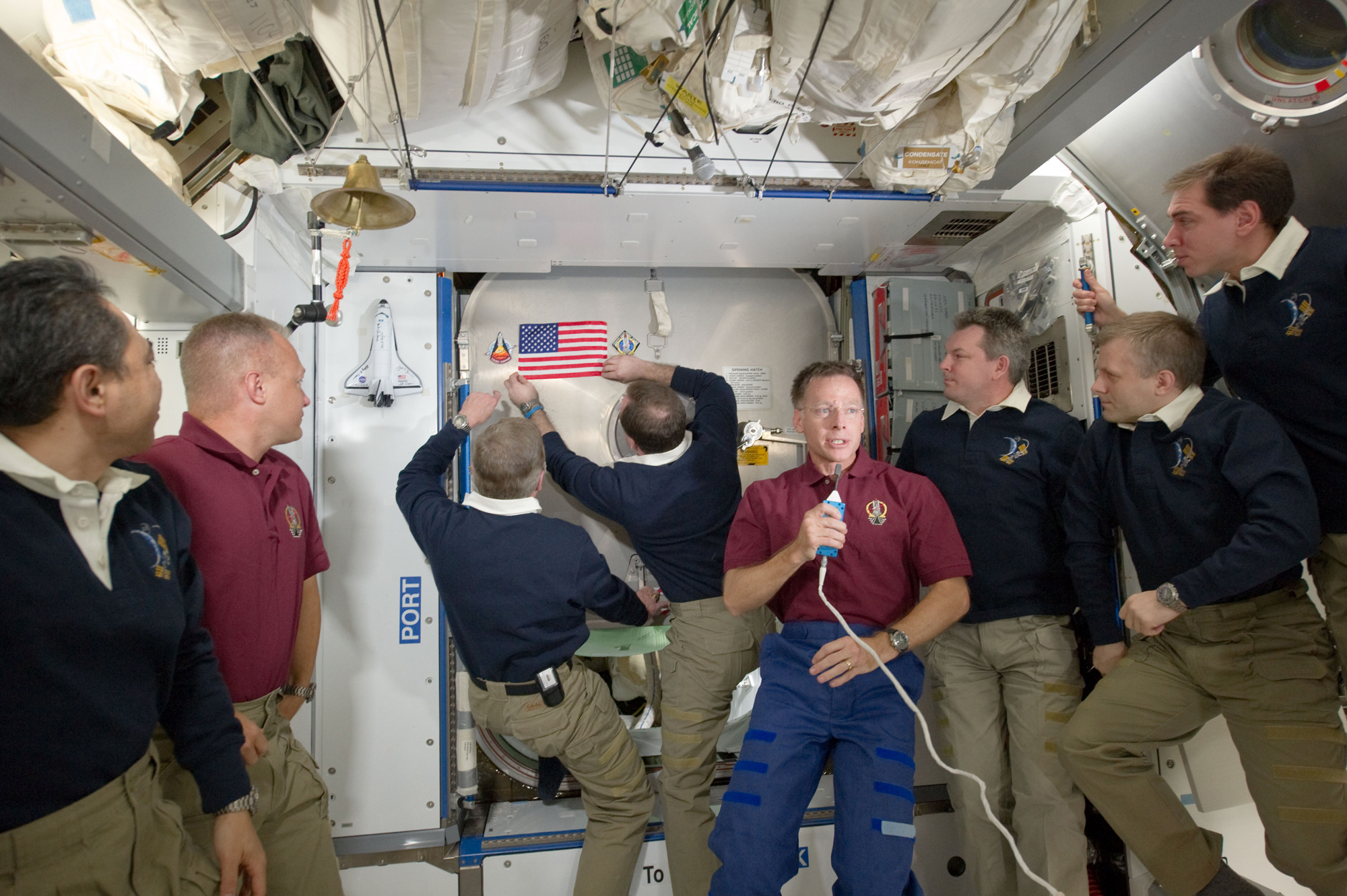
Comments are closed.